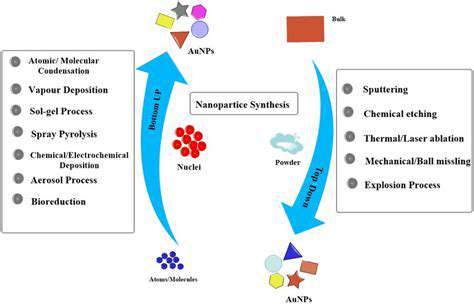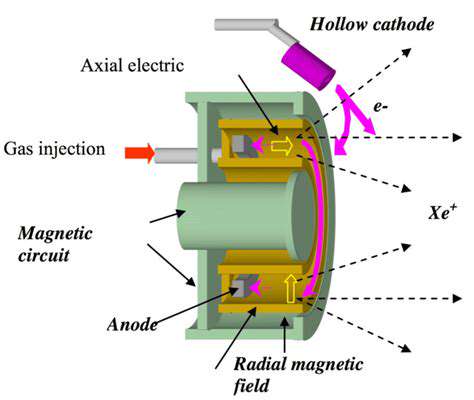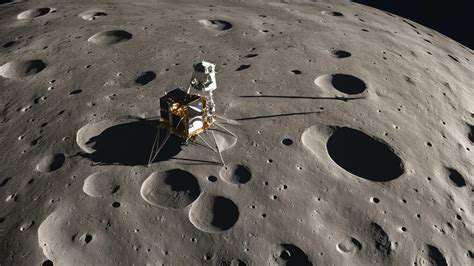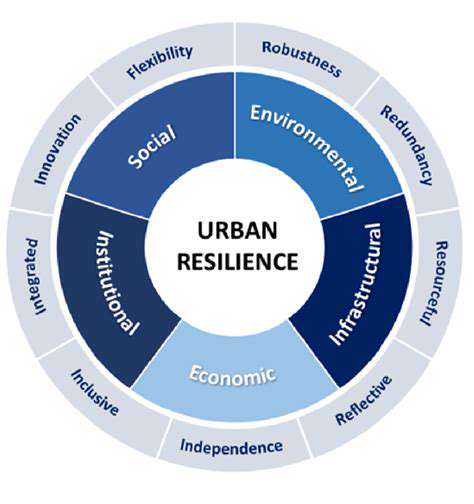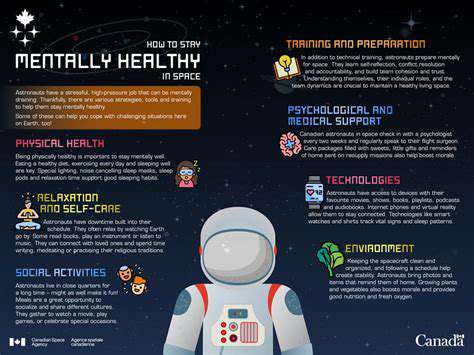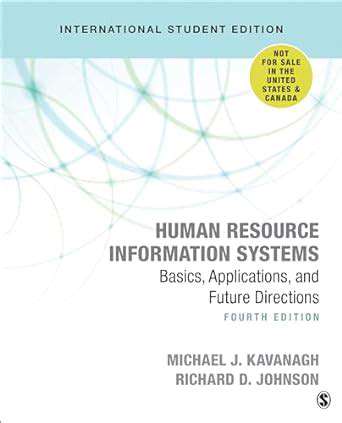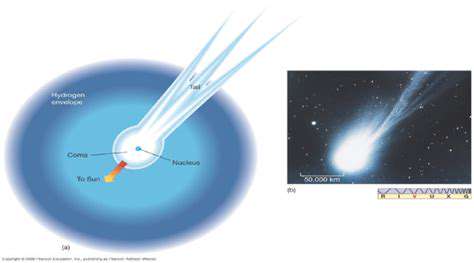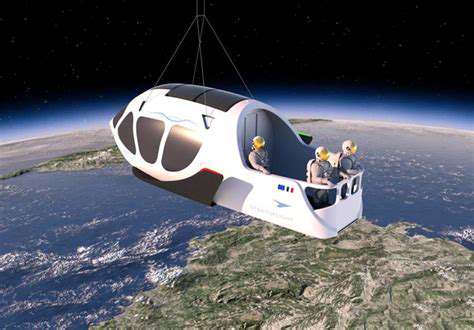Economic ripple effects are profound. Consider a Congolese coffee farmer who can now negotiate prices with European buyers via video call, bypassing exploitative middlemen. When information flows freely, power structures shift. Educational impacts are equally dramatic - remote universities can now stream lectures globally, while students everywhere access MIT's OpenCourseWare. This isn't just connectivity; it's cognitive liberation on a planetary scale.
The Technology Behind the Revolution
The satellites themselves are engineering marvels. Each flat-panel unit employs advanced phased-array antennas that electronically steer beams without moving parts - crucial for reliability. Their orbital ballet is choreographed with precision, maintaining optimal spacing while avoiding space debris. Ground stations use innovative beamforming techniques to hand off connections between satellites seamlessly, like a cosmic relay race.
Perhaps most impressive is the user terminal. Dubbed Dishy McFlatface by engineers, this pizza-box-sized device contains hundreds of tiny antennas that automatically align with overhead satellites. It's this combination of space and ground innovation that enables performance previously thought impossible for satellite internet, with speeds now exceeding 200Mbps in some regions.
Challenges and Considerations
No revolution comes without complications. The $600 hardware cost remains prohibitive for many, though leasing options are emerging. Regulatory hurdles persist - Zambia initially banned the service over spectrum concerns before reversing course. The megaconstellation concept also raises legitimate astrophysics concerns, with astronomers warning about observational interference and the Kessler syndrome of cascading collisions.
Interestingly, some challenges spawn innovation. SpaceX now outfits satellites with visors to reduce reflectivity, showing responsiveness to astronomical concerns. The company's rapid iteration approach - building, launching, and improving - may become a model for space development. As one engineer quipped, We're not just deploying satellites; we're learning how to responsibly populate low-Earth orbit in real-time.
Future Implications and Growth
The long-term possibilities boggle the mind. Maritime and aviation applications are already emerging, with Hawaiian Airlines offering Starlink mid-flight. Future lunar missions may use adapted versions for Moon-Earth communications. The system's inherent redundancy makes it attractive for disaster response - when hurricanes topple cell towers, Starlink terminals often remain operational.
Most transformative may be the data democratization effect. As Nigerian entrepreneur Folashadé Adefemi notes, Suddenly my rural coding bootcamp students compete for Silicon Valley jobs. This isn't just internet access - it's global talent market integration. The coming years will reveal whether Starlink becomes infrastructure like electrical grids, or if even more revolutionary technologies await in the connectivity revolution.
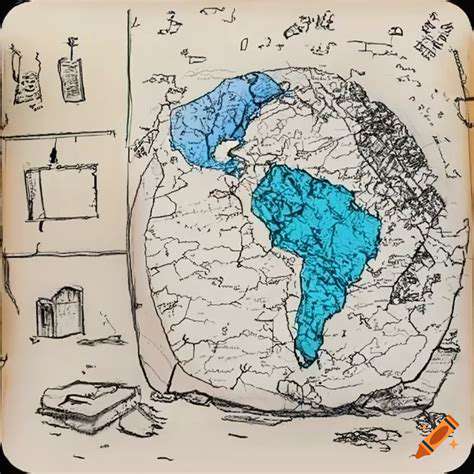
Challenges and Considerations
Orbital Debris and Space Traffic Management
The Kessler Syndrome isn't sci-fi - it's an existential threat to space operations. Starlink's collision avoidance system makes over 5,000 maneuvers weekly, a number that will grow as the constellation expands. MIT's Orbital Capacity Project suggests we're approaching a tipping point where avoidance becomes mathematically unsustainable without new protocols.
Regulatory Hurdles and International Cooperation
Brazil's telecom regulator Anatel demonstrated the challenge, initially classifying user terminals as telecommunication equipment requiring certification. Such bureaucratic hurdles highlight the lack of global standards for next-gen space internet. The ITU's recent World Radiocommunication Conference made progress, but much work remains to harmonize regulations.
Economic Viability and Market Competition
Amazon's Project Kuiper and China's GuoWang plan rival constellations. The economics resemble early railroad booms - massive upfront costs with uncertain returns. Starlink's shift from consumer to enterprise focus (cruise ships, oil rigs) suggests the consumer market alone can't sustain operations. Military contracts may become crucial, raising net neutrality concerns.
Technical Challenges and System Reliability
A 2023 outage affecting 11,000 users revealed vulnerabilities. Each satellite's 5-year lifespan creates a conveyor belt of replacements - SpaceX now launches weekly just to maintain operations. Signal interference during solar storms remains an unsolved challenge, with engineers developing new error-correction algorithms.
User Experience and Accessibility
Early adopters report frustrating inconsistencies. An Alaskan user's speed tests show wild fluctuations from 15Mbps to 180Mbps diurnally, suggesting capacity constraints as more users join. The best effort service tier's deprioritization during peak hours frustrates rural businesses needing reliability.
Environmental Impact and Sustainability
Each Falcon 9 launch emits ~430 tons of CO2. MIT researchers calculate the full constellation's carbon footprint rivals a small country. Counterintuitively, lifecycle analyses suggest the digital displacement effect (replacing physical commutes with telepresence) may eventually offset emissions, but the math remains hotly debated.

